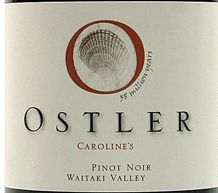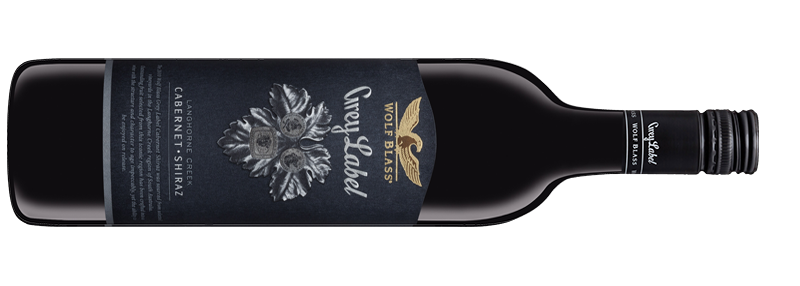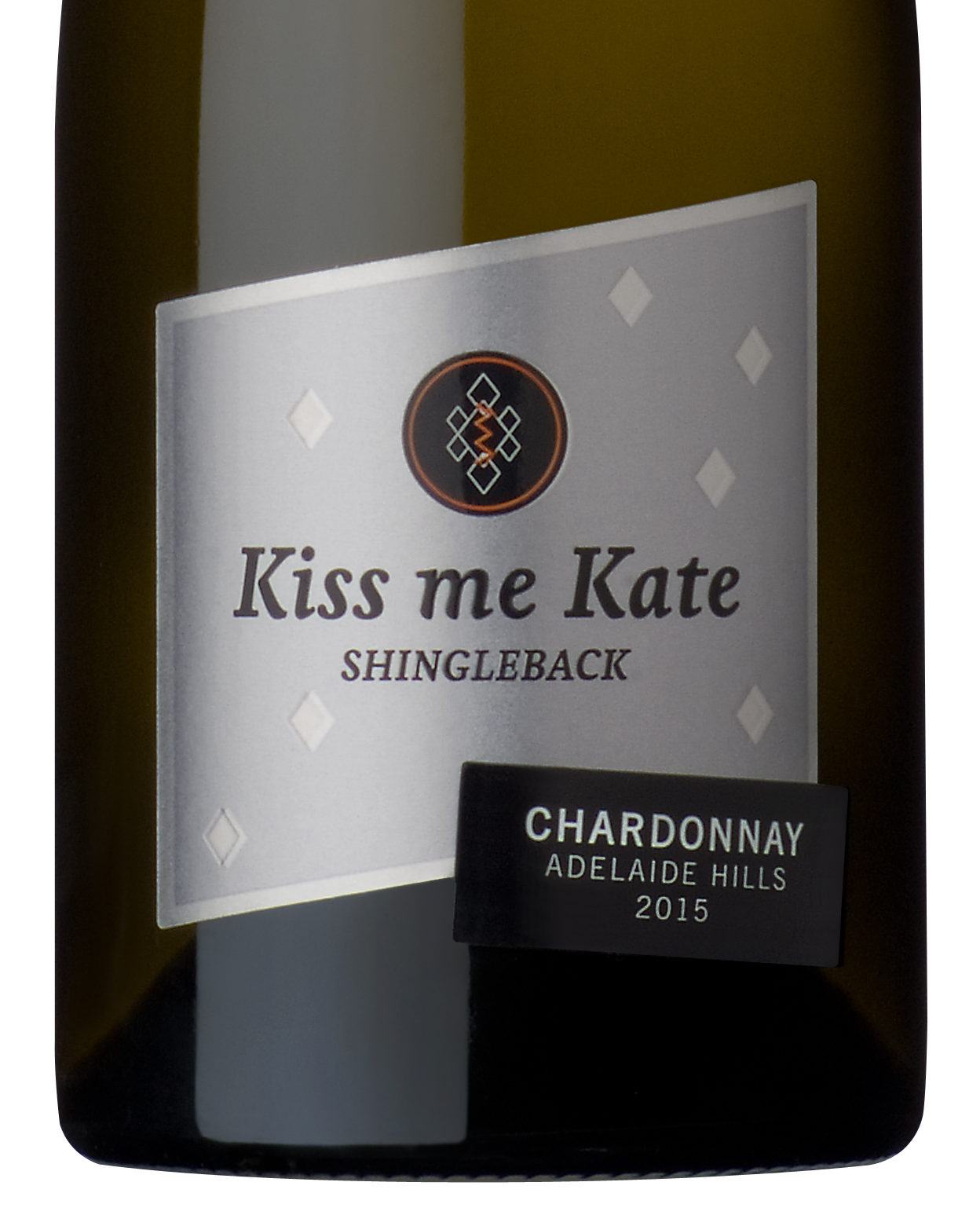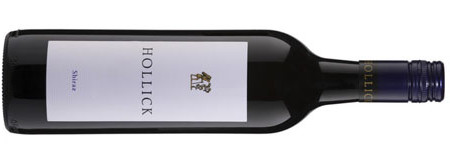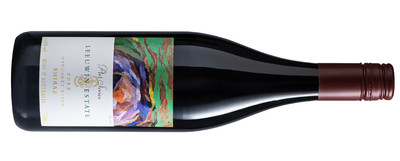Winery in Focus – Xanadu (Part Two) – Cabernet Sauvignon
Barry Weinman: 7th May 2016
It is the Cabernets of Xanadu that have really made people pay attention, winning multiple trophies at capital city and national wine shows. The 2013 Xanadu Cabernet, for example, was awarded the best Cabernet Sauvignon trophy at the 2015 National Wine Show in Canberra.
Winemaking tends to be as hands-off as possible. The aim is to get it right in the vineyards, and allow the fruit to shine. The southern fruit tends to have higher natural acidity, meaning that no acid (or tannin) adjustment is required. Where possible, finning is also avoided.
There is a move away from Merlot as a blending partner, with Malbec and Petit Verdot increasing in importance. Interestingly, this is also happening at some other wineries in the region, with the likes of Vasse Felix and Juniper Estate also moving to increase use of Malbec.
Reviewed
Xanadu – Cabernet Sauvignon – DJL – 2014. (17.5pts – $24). Ripe berry fruit the focus here. Cherry, raspberry, cedary oak, plum and spice. The whole package is approachable and food friendly, with the acid providing cut through on the finish.
Xanadu – Cabernet Sauvignon – 2013. (18.5pts – $37). The fruit on the nose is pristine and ripe, with blueberry, blackcurrant and hints of eucalypt and peppermint. The length is noteworthy, with spice, aniseed, supple texture and mineral characters. The tannins build on the close, but remain fine and savoury. The oak sits nicely in the background, allowing the fruit to shine.
Xanadu – Cabernet Sauvignon – Stevens Road – 2012. (18.5pts – N/A). A different style, with cedar and spice over fine red fruits. The palate is full of minerals, giving a graphite-like character. The length is excellent and the mouth-feel is a textural treat. The chewy tannins subdue the fruit a little, yet this is a big, powerful wine that is full of personality. Drinks well now, but will be better in 10 years+. 
Xanadu – Cabernet Sauvignon – Reserve – 2013. (18.8pts – $85). Pristine fruit that is fragrant and perfumed, with a savoury edge. Spectacular, silky fruit on the palate, with texturing tannins and oak (50% new) that polishes the fruit nicely. The fruit fans out like a peacock’s tail on the finish. Immense length. A very fine wine that can be drunk any time over the next 20 years. (Available 1st June 2016).
Xanadu –Malbec– Stevens Road – 2013. (NR – $60). More textured and savoury, though the fruit is quite fine. Again, the length is noteworthy. Plump and supple, the fine tannins are prodigious, yet harmonious. Graphite-like minerality is a feature of the finish.
Xanadu –Petit Verdot – Stevens Road – 2011. (NR – $60). Lovely ripe plum-like fruit on both the nose and palate. Silky and finely textured, the perfumed, floral notes become more apparent with air. The tannins have softened enough to make for great drinking. (50% new oak).




